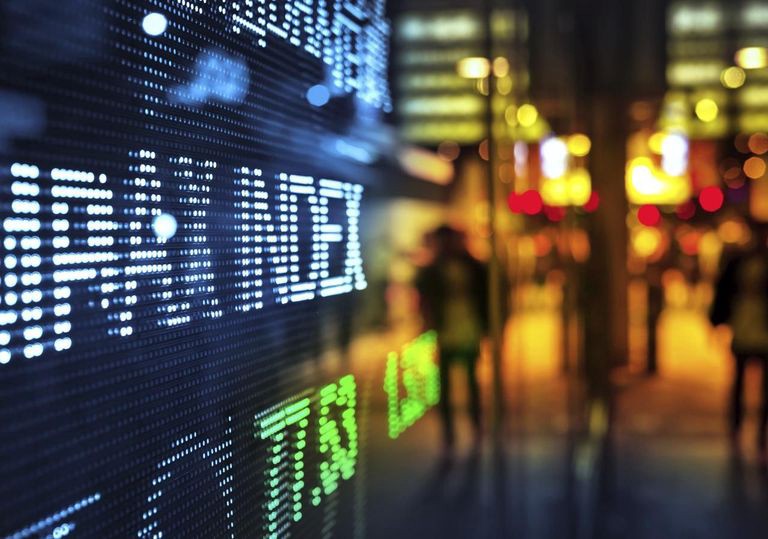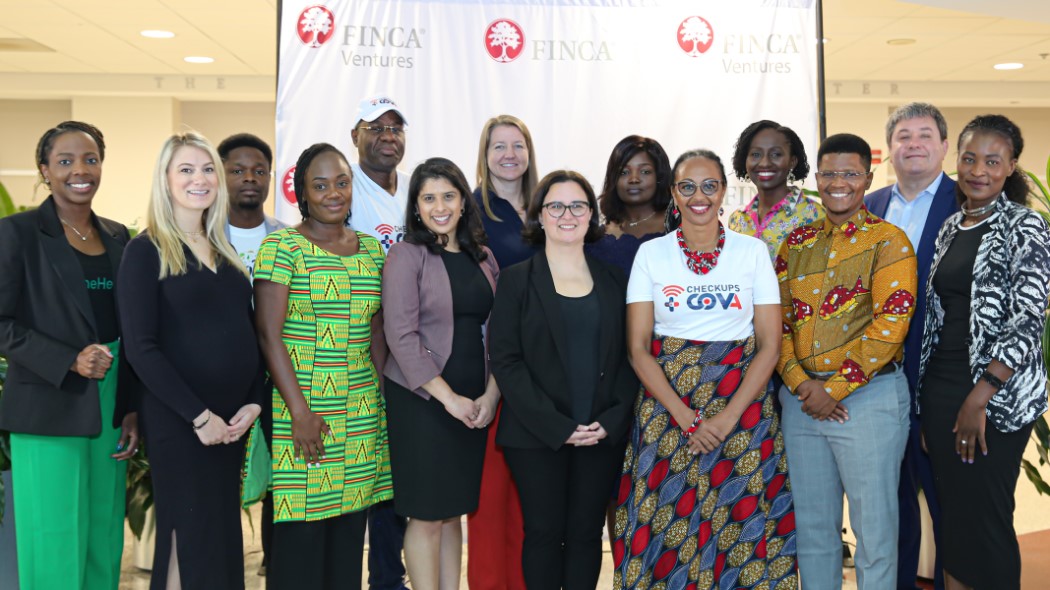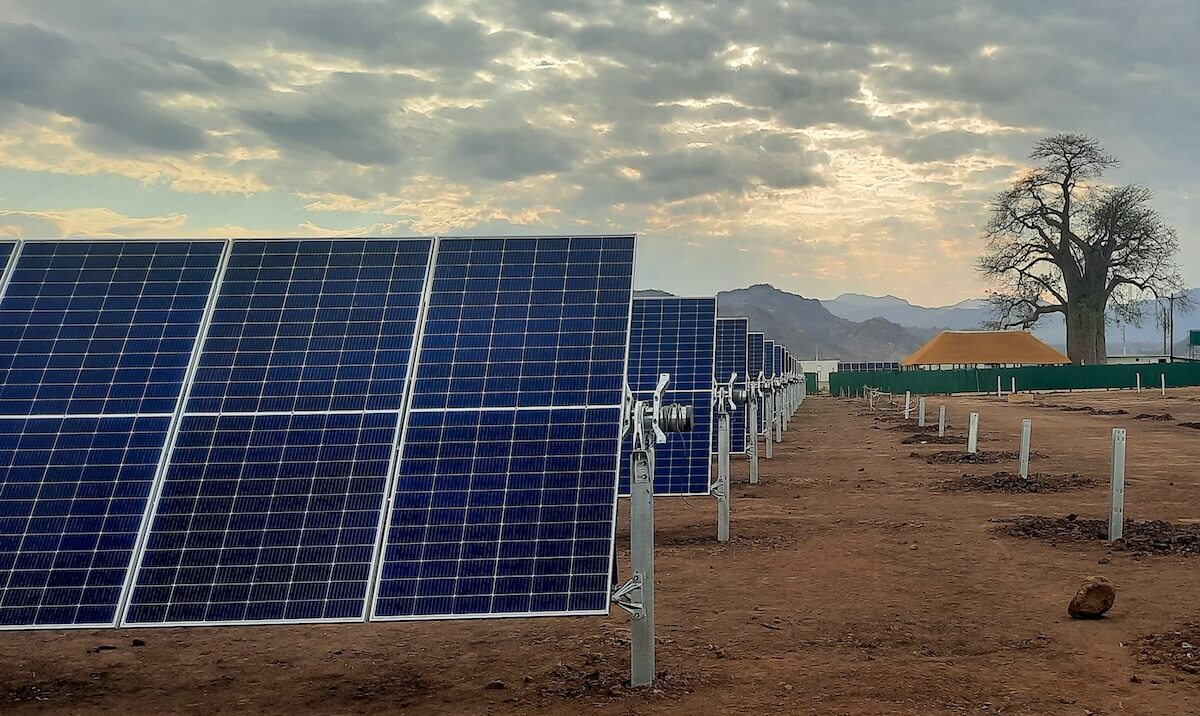Greetings ImpactAlpha readers!
#Featured: Open Mic
Can the boom in ‘Sustainable ETFs’ really drive impact? ‘Sustainable’ is the marketing trend du jour in exchange-traded funds, the low-cost alternative to mutual funds that round-up holdings in public companies into entities that are themselves traded on stock-exchanges.
That has made ETFs the fastest growing asset class in impact investing. Of the 20 sustainable ETFs on the market, 17 have launched in the past few years. Together, they represent $4.2 billion in assets. That is rekindling the long-running debate about how much impact investors can have with public equities.
Read more on Sustainable ETFs from the Shift Project’s Lisa Hodges:
The $4.2 trillion boom in ‘Sustainable ETFs’
Editor’s note: We jumped the gun on the move “from billions to trillions.” An earlier headline misstated the assets in sustainable ETFs — by several orders of magnitude. Oops!
#Dealflow: Follow the Money
Oregon Community Foundation’s new impact fund will invest in for-profits. The Oregon Impact Fund will invest in for-profit organizations tackling affordable housing, healthcare and job creation in the state. Existing donors have committed $10 million to the fund; the foundation will match that amount and try to raise an additional $10 million. The fund will provide “growth capital for scaling proven [for-profit] models,” says president Max Williams. A $2.75 million impact investing initiative in 2014 demonstrated “significant demand for capital” for revolving loan funds and other ways to scale up important projects with non-traditional financing. The Oregon Impact Fund will commit more of the foundation’s endowment to mission-aligned investing, a growing trend (including the Ford Foundation’s $1 billion impact investing pledge.) The Oregon foundation invests 0.5 percent of its endowment in Oregon-based venture capital funds.
Spanish oil company Repsol’s green bond has critics seeing red. Unlike green bonds that finance renewable energy projects or new infrastructure, Repsol intends to use the €500 million ($543 million) raised to pay for energy efficiency upgrades in its oil and chemical refineries. Such operational savings would drive Repsol’s profitability in the oil company’s core fossil fuels business. That has some investors crying foul, Environmental Financereports [paywall]. “My fear is that this one could push investors away from green bonds,” one investor said. The green bond market is booming, with estimates of 2017 issues ranging from $130 billion to more than $200 billion — compared to $86 billion last year. Advocates are calling for clearly defined and standardized impact reporting and measurement. Sustainability research firm VigeoEiris described Repsol’s offering as “robust in terms of transparency.”
Angel investor backs HealthMir information hub in India. Nimit Panigrahi, a veteran of India’s insurance industry, made a seed investment of an undisclosed amount in the health app. HealthMir is an information hub for patients in India, offering 2,000 videos on 500 conditions, ranging from noncommunicable diseases like diabetes, to women’s health, to hair and skin care. Like other new healthtech services, HealthMir also allows users to book consultations with its 2,000 doctor and 100 hospital affiliates (see, “Credihealth raises $1.5 million to provide healthcare information in India”). India’s booming healthtech sector is a response to a shortage of doctors and specialists and a shifting burden from communicable to noncommunicable diseases as India’s growing middle class adopts new habits. “Every twentieth search in India is around health and diagnosis,” says HealthMir’s Abhash Kumar. “We give [users] a platform where they can understand their symptoms.” The funding will help HealthMir expand to major metro areas and translate the app into multiple languages.
See all of ImpactAlpha’s recent #dealflow.
#Signals: Ahead of the Curve
Can the growth in growth-stage funding bridge a capital gap in Latin America? If seed funding is hard for Latin American startups building products and services in agriculture, education, health and clean energy, growth funding may be even harder. The average impact investment deal size in the region is below $1 million, according to a 2016 report from Aspen Network of Development Entrepreneurs. Startups looking to scale, as well as early-investors seeking ways to exit, need later-stage investors. That’s an opportunity for firms such as Performa Investimentos, a Brazilian private equity and venture capital firm seeking to “fully transition into an impact investment firm.” Performa is targeting its third, $80 million, fund towards series B and C opportunities in healthcare and financial technology, education, agriculture technology and clean technology in Brazil. Through its first two funds, Performa invested $75 million in 13 companies. Performa is working with Capria, an impact investing fund-manager accelerator, to lower its transaction costs, build a deal pipeline, build impact assessment capabilities and network and learn from other impact fund managers (see, “Network Effects: Impact Seed Funds in Africa and Latin America Share Secrets and Struggles”). Capria is recruiting its fourth cohort now.
#2030: Long-Termism
How do we measure progress on the Sustainable Development Goals?We’re two years into the 15-year Sustainable Development Goals — with a long way to go. Trillions of dollars are needed annually to achieve the 17 wide-reaching goals by 2030. And with hundreds of governments and organizations involved in capturing and reporting data in different ways, how will we know whether we’re making progress?
Take Goal №6: Ensure availability and sustainable management of water and sanitation for all. The goal calls for “universal and equitable access to safe and affordable drinking water for all.” The metric for success is the “proportion of population using safely managed drinking water services.” But most existing data on clean water access hasn’t measured “safe management.” Data from the World Bank’s WASH Poverty Diagnostics that measuring “improved water source” and “basic water” and “improved water on premises,” for example, yields widely varying results.
Even “urban” and “rural” have no consistent international definitions “in spite of being routinely used to describe environments and the lives of those within them,” the World Bank notes in the 2017 Atlas of Sustainable Development Goals. The Bank wants to help provide some clarity around all of the SDG-related measurement murkiness. The Atlas is a visually rich presentation of 1,400 indicators for 220 economies, with data sometimes spanning 50 years. Explainers offer context and tangibility to sometimes misleading data.
A case in point is Goal №1: poverty alleviation. Based on the $1.90 per day global baseline, 35 percent of the world population lived “in poverty” in 1990. By 2013, the rate had fallen to 11 percent. On the surface, the 24 point drop looks like remarkable progress. When national poverty levels are taken into consideration, however, the data tells a different story. Only a handful of countries define their own poverty rates as $2 per day or less. Most countries have made progress in reducing poverty rates between 1990 and 2013. But progress is more measured when national benchmarks are used.
Goal №17 covers better data, itself. “Timely, relevant, reliable, and high-quality data are fundamental to countries setting their own agendas and to monitoring progress toward national and global development goals,” the report states. The Atlas is measuring that, too: “Since 2004, around two-thirds of countries assessed have improved their scores, indicating stronger ability to follow internationally recommended statistical methodologies and to collect and disseminate core socioeconomic statistics.” Further progress on data will make it easier to follow progress on the rest of the 2030 goals.
Onward! Please send any news and comments to [email protected].











